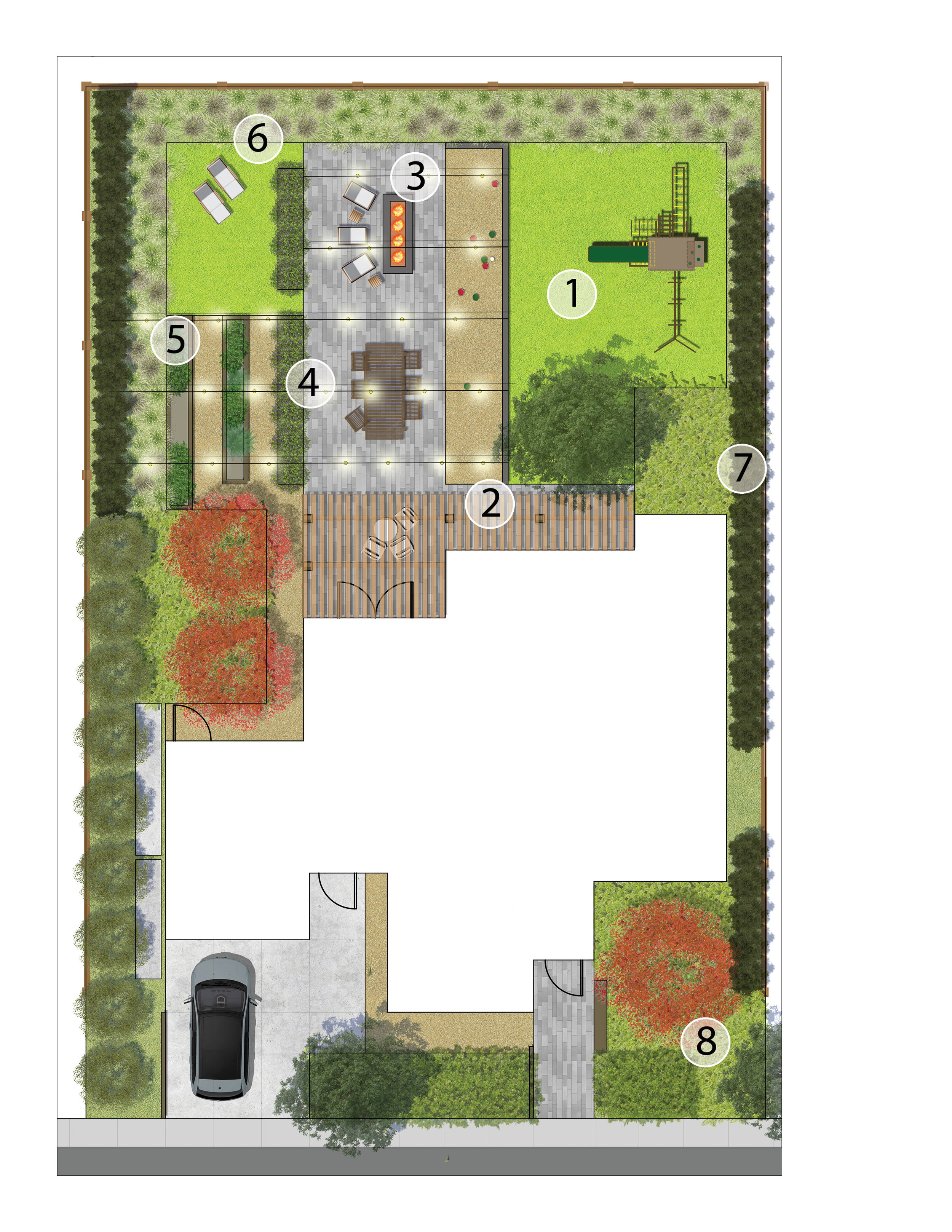Hilton Head Landscapes - Questions
Hilton Head Landscapes - Questions
Blog Article
Getting My Hilton Head Landscapes To Work
Table of ContentsThe Ultimate Guide To Hilton Head LandscapesThe Definitive Guide for Hilton Head LandscapesHilton Head Landscapes Can Be Fun For EveryoneGetting My Hilton Head Landscapes To WorkNot known Facts About Hilton Head LandscapesHilton Head Landscapes Can Be Fun For AnyoneThe smart Trick of Hilton Head Landscapes That Nobody is Talking About
Line develops all types and patterns and can be utilized in a variety of methods the landscape. Line in the landscape is created by the side between 2 products, the summary or silhouette of a kind, or a long linear function. Lines are an effective tool for the developer due to the fact that they can be used to develop an unlimited variety of shapes and types, and they regulate motion of the eye and the body.

Lines can have one or more features, such as those explained listed below, however they typically offer various functions. Number 1. Lines in the landscape - hilton head landscapers. The properties of lines establish exactly how individuals reply to the landscape, both emotionally and literally. Straight lines are structural and strong; they produce an official personality, are generally connected with an in proportion design, and lead the eye straight to a centerpiece.
Hilton Head Landscapes Fundamentals Explained
Bent lines develop an informal, all-natural, relaxed personality that is connected a lot more with nature and asymmetrical balance. Bent lines relocate the eye at a slower pace and add secret to the area by producing concealed sights.
Vertical lines in the landscape include tall, narrow plant product, such as trees, or high structures, such as an arbor or a bird house on a post. Straight lines move the eye along the ground airplane and can make a space really feel bigger. Low lines are much more restrained and develop a feeling of rest or repose.
The Single Strategy To Use For Hilton Head Landscapes
Lines are also developed by the upright kinds of built functions and plant product. There are 3 primary line kinds that create type in the landscape: bedlines, hardscape lines, and plant lines.
Bedlines attach plant material to the house and hardscape because the eye complies with the line, relocating the stare via the landscape. Hardscape lines are created by the edge of the hardscape, which defines the built framework. Line can also be produced by lengthy and slim materials, such as a fencing or wall surface.
The Facts About Hilton Head Landscapes Revealed
Type is located in both hardscape and plants, and it is generally the dominant visual element that spatially arranges the landscape and often identifies the style of the garden. The kind of frameworks, plant beds, and yard ornaments also identifies the general type theme of the garden. Formal, geometric forms include circles, squares, and polygons.
Plants develop type in the garden with their details or silhouettes, however type can also be defined by a void or adverse area in between plants - bluffton landscaping (https://www.pageorama.com/?p=h1tnhdlndscps). Circles can be full circles, or they can be separated right into half circles or circle segments and integrated with lines to develop arcs and tangents
Hilton Head Landscapes Things To Know Before You Buy
Circles can likewise be stretched into ovals and ellipses for even more range and passion. Circles are a solid style type because the eye is constantly attracted to the center, which can be made use of to emphasize a centerpiece or connect other kinds. Figure 2. Circular types in hardscape and lawn panels.
The square type can also be fractional and secondhand consistently to develop a grid pattern. Unlike circles, squares are stronger on the sides, which can be aligned or overlapped to create special patterns and more complicated forms. Polygons are many-sided types with straight sides. Triangles, as an example, are three-sided polygons.
Twisting lines commonly resemble the natural program of rivers or streams and can be described as smooth lines with deeply curved undulations. Meandering lines (Figure 3) function well for pathways, plant bedlines, and completely dry stream beds. Meandering lines can add passion and enigma to a garden by leading customers around corners to find new views and spaces.
Our Hilton Head Landscapes PDFs

Figure 5. Fragmented sides: stepping rocks in pathway. Type is the most long-lasting quality of a plant (Landscapers near me). https://sitereport.netcraft.com/?url=https://www.hiltonheadlandscapes.com. Common plant kinds are well developed and standard, as type is the most consistent and recognizable characteristic of plants. Form can also be produced with the massing of plants, where the overall mass produces a different type than an individual plant.
An extremely different type should be used with careone or two work well as a centerpiece, however a lot of develop turmoil. All-natural plant types, instead of over-trimmed kinds, need to develop the mass of the composition. The importance of overall kind is basically dependent on the watching perspectivethe type of a tree can appear rather different to an individual standing under the cover versus viewing the tree from a distance in an open area.
The Best Guide To Hilton Head Landscapes
Plant forms also develop and define deep space or open spaces between the plants, creating either convex or scooped kinds in the gaps. High-arching tree branches usually develop a concave open room under the branches, and a round canopy with low branches fills up the area to produce a convex type in the open area under the tree.

Report this page